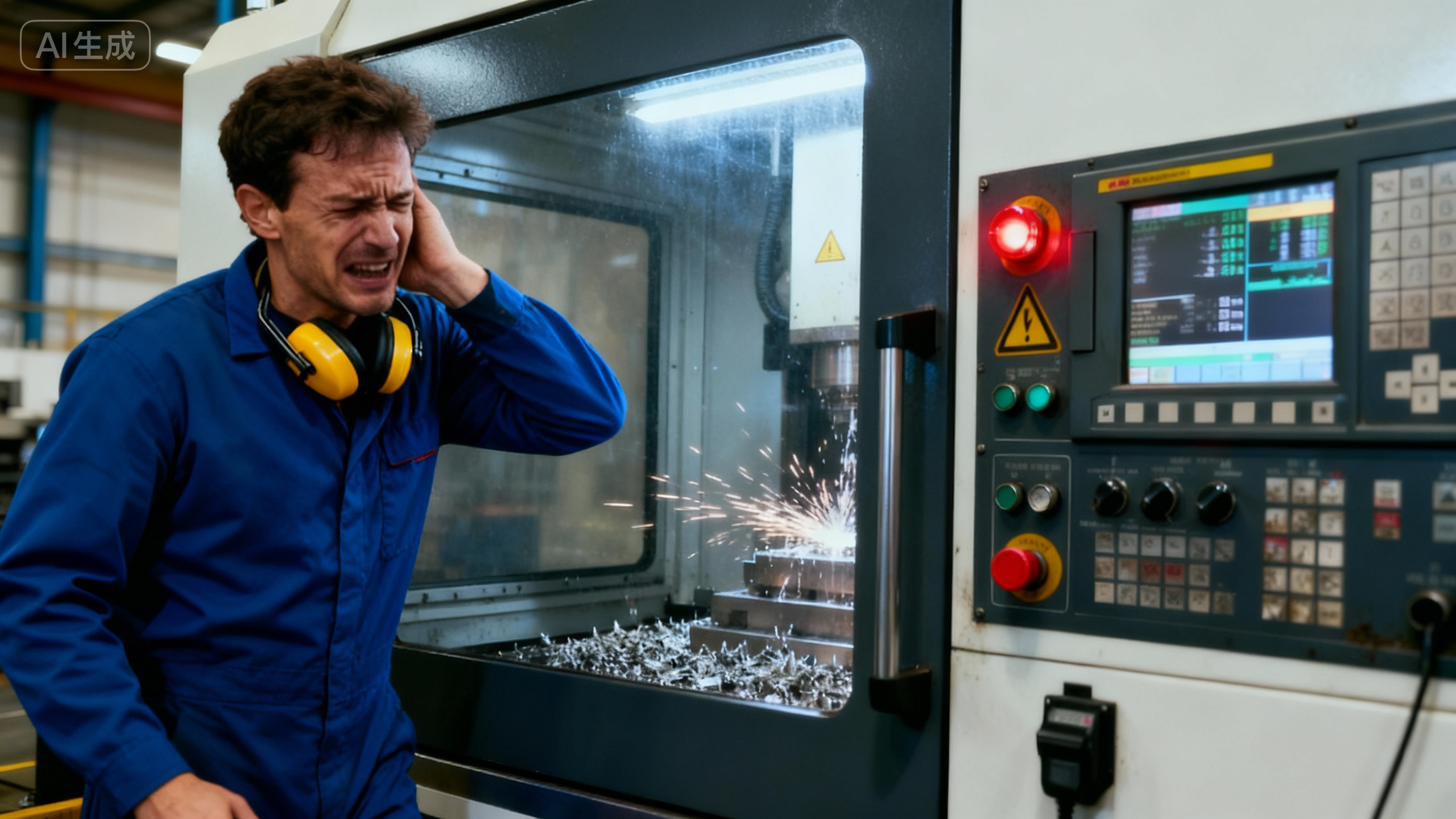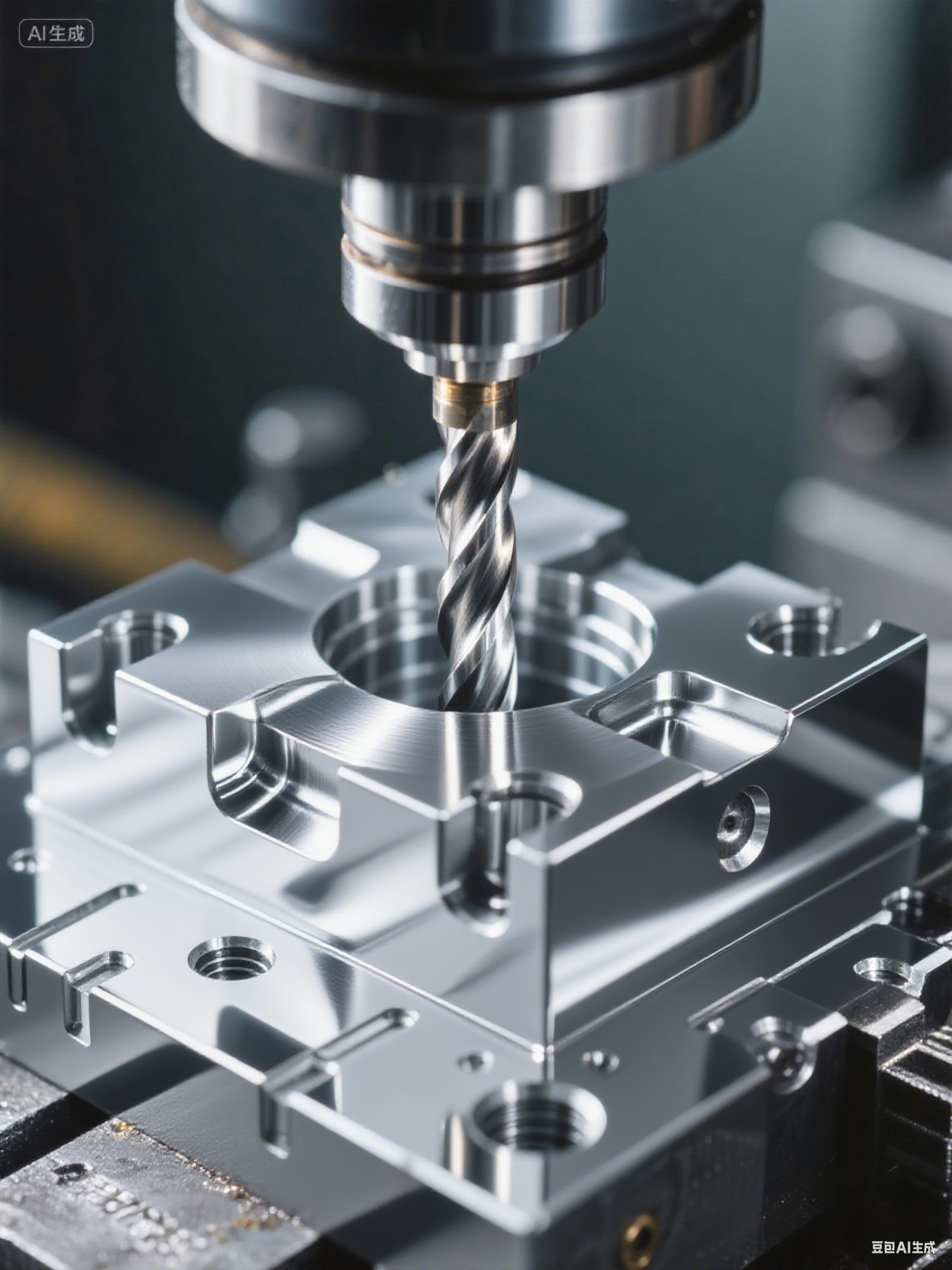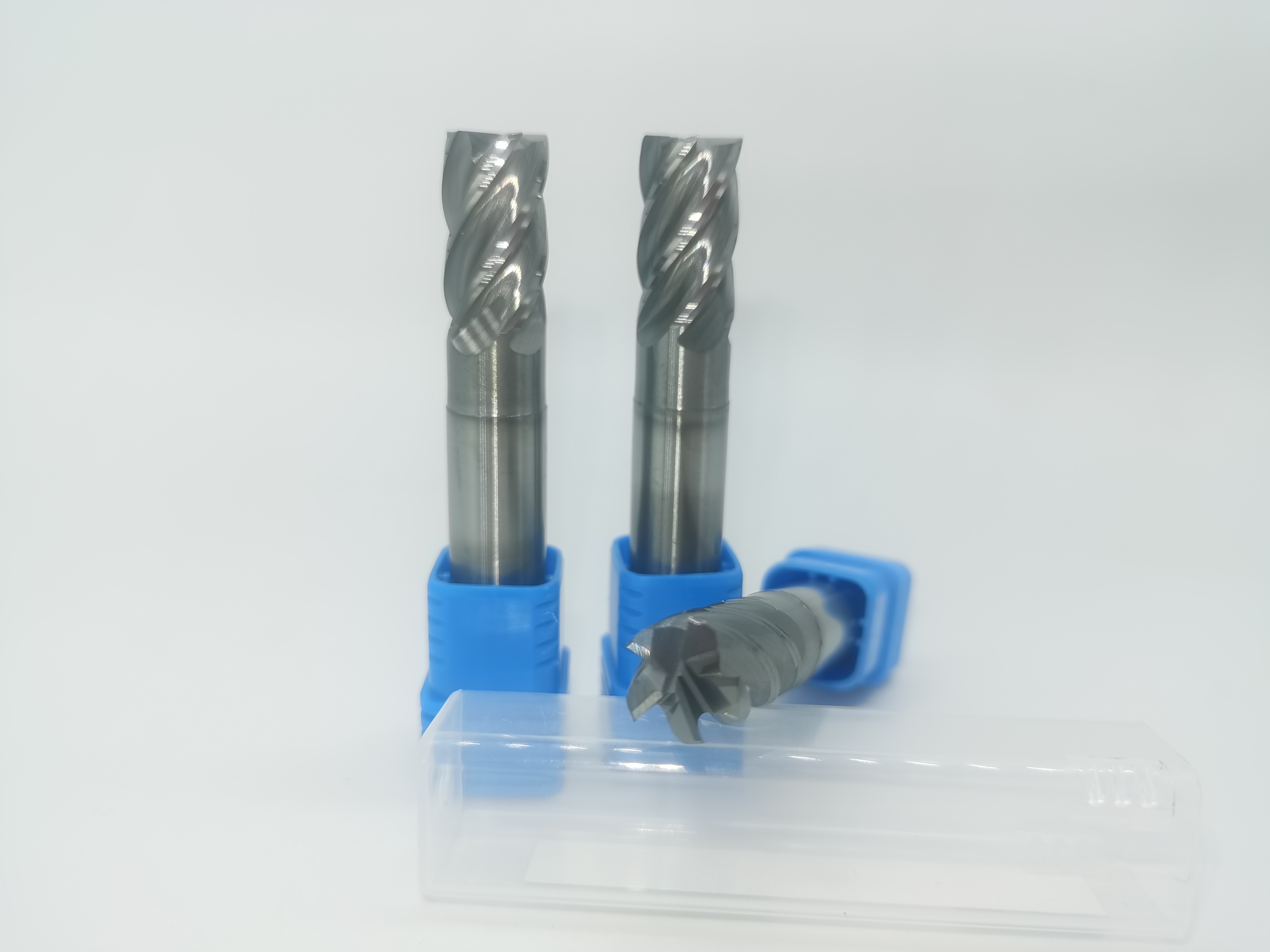Why does a reamed hole become larger in the middle?
A friend encountered an issue during machining where a reamer created a hole with the same dimensions at both ends but a larger size in the middle, with a deviation of 8μ. Based on our machining experience, a larger middle section in a reamed hole can be caused by the following reasons:
First, we suspect interference from chips. We can section the part and examine the surface finish of the inner wall to see if there are any signs of chip accumulation.
Second, the issue might be with the tool holder. We can try replacing it with a high-clamping force SK tool holder or a hydraulic tool holder to improve the clamping accuracy of the reamer and control any runout caused by the entire tool assembly.
Third, when drilling, we should try to maintain its perpendicularity as much as possible. Here, we preferably use inch-sized carbide tools, as high-speed steel drill bits are prone to causing non-straight holes.
Fourth, we need to consider whether the workpiece material has increased thickness at both ends, making the middle section thinner, which could eventually lead to deformation.
Fifth, there might be a problem with the reamer itself. If the reamer's cutting edges were not ground accurately enough during production, the reamer could be faulty, especially for reamers with longer cutting lengths. In this regard, I recommend the reamers from our Changzhou QT TOOLS, which are custom-made in small batches according to the machining material. Unlike standard tools, details are easier to control, and the quality is stable. Interested parties can contact me!





